Intel Core i5 12400 vs Intel Core i5 14400: Which Reigns Supreme?
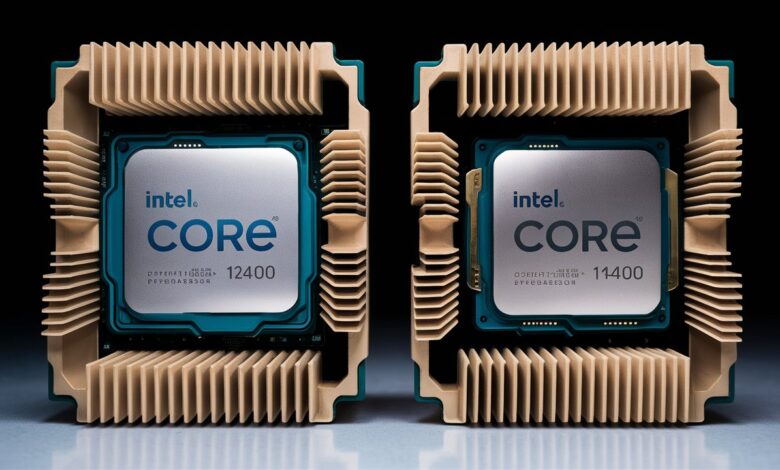
Choosing a suitable processor for your computer can be daunting, especially when you have to choose between two models with a similar name. In the world of computer processors, Intel is one of the leading brands, and its i5 series is a popular choice for many users. The Intel Core i5 12400 and Intel Core i5 14400 are two of the latest models in the series and have been creating quite a buzz in the tech community.
But how do they compare? This post will look in-depth at both processors, comparing their specifications, performance, and price points. By the end of this post, you will better understand which processor is best for your specific needs. So, without further ado, let’s dive into the world of processors and see how these two models stack against each other.
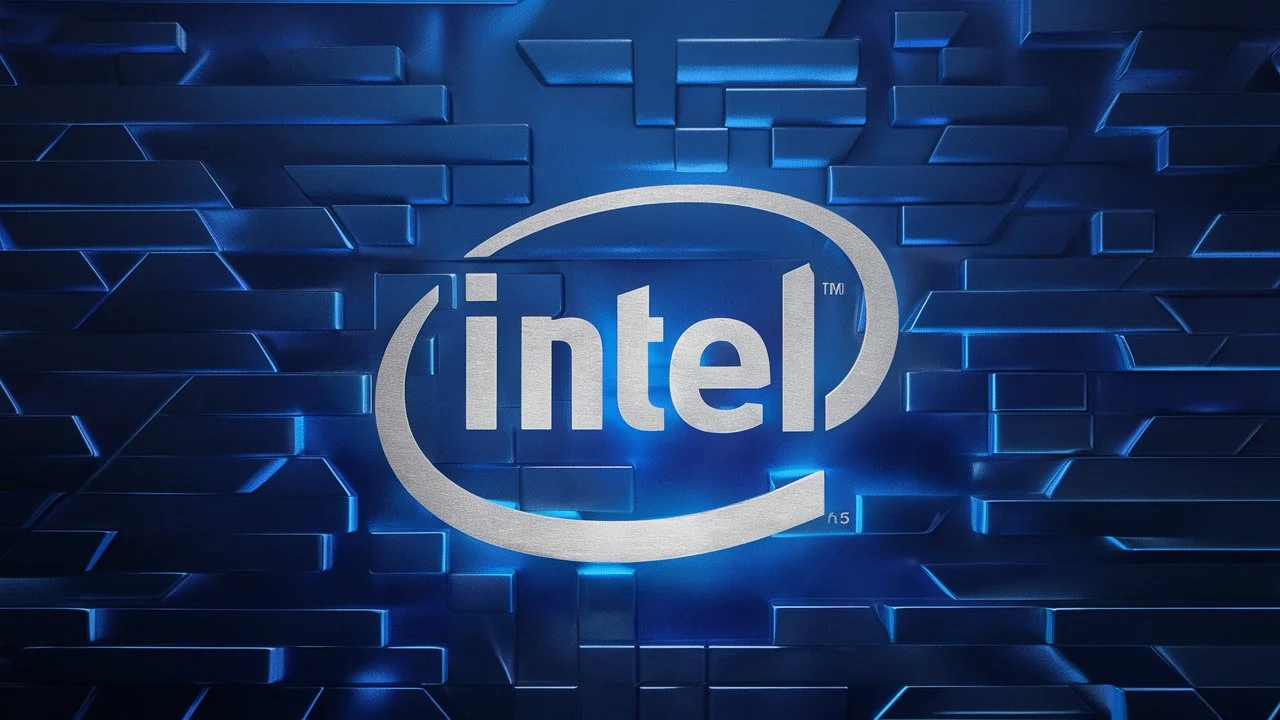
Table of Contents
Intel Core i5 12400 and Intel Core i5 14400 processors
The Intel Core i5 12400 and Intel Core i5 14400 processors are two of Intel’s latest offerings, designed to cater to the needs of casual users and avid gamers alike. These processors belong to Intel’s 12th-generation Alder Lake lineup, known for their impressive performance and power efficiency.
The Intel Core i5 12400 is a hexa-core processor with a base clock speed of 2.5 GHz and a boost clock speed of 4.4 GHz. It features 12 threads and has 18MB of Intel Smart Cache. On the other hand, the Intel Core i5 14400 is also a Hexa-core processor but offers higher clock speeds, with a base clock of 2.7 GHz and a boost clock of 4.7 GHz. It features 20 threads and comes with 20MB of Intel Smart Cache.
Both processors are built on Intel’s latest 7nm SuperFin process and support DDR5 memory, providing faster data transfer rates and improved multitasking capabilities. They also feature Intel’s innovative hybrid architecture, combining high-performance and efficient cores to optimize performance based on workload demands.
In this detailed comparison, we will delve into the key differences between the Intel Core i5 12400 and Intel Core i5 14400 processors, including performance benchmarks, power efficiency, and pricing, to help you make an informed decision based on your specific requirements and budget.
Performance comparison in terms of speed and efficiency
When comparing the Intel Core i5 12400 and the Intel Core i5 14400, it’s crucial to delve into their performance metrics regarding speed and efficiency. A processor’s speed directly impacts its ability to handle tasks swiftly and efficiently, making it a key factor for users seeking optimal performance.
The Intel Core i5 12400 is known for its impressive speed capabilities, offering a base clock speed of 2.5 GHz and a max turbo frequency of 4.4 GHz. This allows for quick task processing, smooth multitasking, and enhanced overall performance. On the other hand, the Intel Core i5 14400 boasts even higher clock speeds, with a base frequency of 2.7 GHz and a max turbo frequency of 4.7 GHz. This increased speed can result in faster execution of demanding applications and improved efficiency in various computing tasks.
| Feature | Core i5-12400 | Core i5-14400 |
| Cores | 6 | 10 |
| Threads | 12 | 20 |
| Base Clock | 2.5 GHz | 2.7 GHz |
| Turbo Boost Clock | Up to 4.4 GHz | Up to 4.7 GHz |
| Cache | 18 MB L3 | 20 MB L3 |
| Lithography | 7nm | 7nm |
| Integrated Graphics | Yes | Yes |
| RAM Support | DDR4-3200 | DDR5-4800 |
Efficiency is another critical aspect to consider when evaluating processor performance. The Intel Core i5 12400 is designed to deliver efficient performance while maintaining low power consumption, making it an excellent choice for users looking to balance power and energy efficiency. Similarly, the Intel Core i5 14400 offers enhanced efficiency features, ensuring optimal performance while keeping power consumption in check.
In conclusion, the Intel Core i5 12400 and Intel Core i5 14400 excel in speed and efficiency, with the latter showcasing slightly superior performance metrics. Ultimately, the choice between these processors will depend on individual needs and usage scenarios, whether gaming, content creation, or everyday computing tasks.
Differences in core count and thread count
When comparing the Intel Core i5 12400 and the Intel Core i5 14400, one key aspect to consider is the core and thread count of these processors. The Intel Core i5 12400 features 6 cores and 12 threads, while the Intel Core i5 14400 also boasts 10 cores and 20 threads.
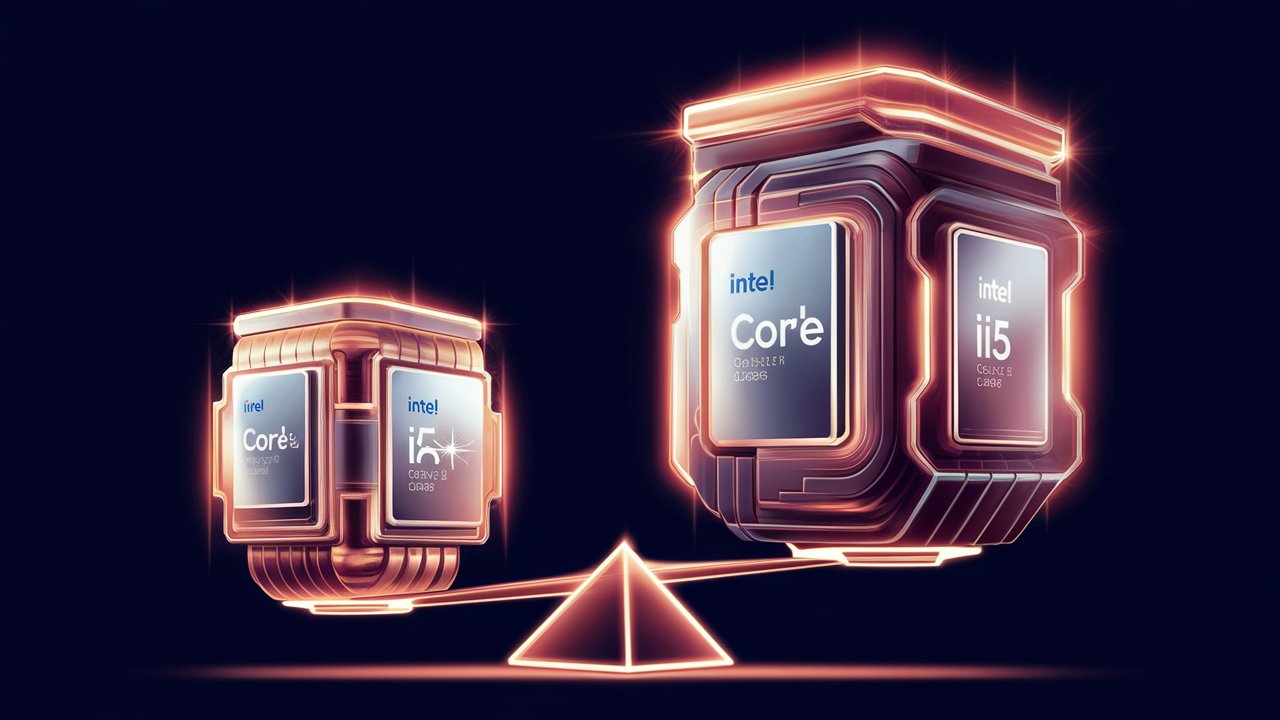
More cores and threads can significantly impact the processor’s performance, especially when multitasking, running demanding applications, or handling intensive workloads. With a higher core and thread count, the processor can efficiently distribute tasks and execute them simultaneously, enhancing overall productivity and speed.
Assessing your specific needs and usage scenarios to determine which processor best meets your requirements is essential. Whether you prioritize raw processing power, multitasking capabilities, or efficiency in specific tasks, understanding the variances in core count and thread count between the Intel Core i5 12400 and Intel Core i5 14400 is crucial in making an informed decision.
Comparison of cache size and memory support
When comparing the Intel Core i5 12400 and the Intel Core i5 14400, one crucial aspect to consider is these processors’ cache size and memory support. The cache size plays a significant role in a CPU’s overall performance as it directly impacts the speed at which the processor can access frequently used data.
The Intel Core i5 12400 has a total cache size of 12MB, divided into L1, L2, and L3 caches. This ample cache size allows for faster data retrieval and processing, making the CPU handle various tasks simultaneously efficiently. Additionally, the memory support of the i5 12400 includes DDR4-3200 and DDR5-4800, providing flexibility for users to choose the appropriate memory type based on their requirements.
On the other hand, the Intel Core i5 14400 features a larger cache size than the i5 12400, with a total of 18MB and 20MB cache distributed across different levels. This increased cache size can enhance the processor’s performance, especially when dealing with complex computing tasks or running resource-intensive applications. Moreover, the i5 14400’s memory support extends to DDR4-3200 and DDR5-4800, similar to its counterpart, offering users versatility in-memory configurations.
In summary, while the Intel Core i5 12400 and the Intel Core i5 14400 provide reliable cache sizes and memory support for efficient processing, the i5 14400 stands out with a slightly larger cache size, potentially delivering enhanced performance for demanding computing needs. Understanding these technical specifications can assist users in making informed decisions based on their specific requirements and usage scenarios.
Integrated graphics performance
Integrated graphics performance is crucial when comparing the Intel Core i5 12400 and the Intel Core i5 14400 processors. Both processors feature Intel UHD Graphics, but there are differences in their performance capabilities.
The Intel Core i5 12400 offers solid integrated graphics performance suitable for light gaming, video streaming, and everyday tasks. With its Intel UHD Graphics 770, the i5 12400 can easily handle casual gaming and multimedia consumption. However, for more demanding games or professional graphics work, users may find the integrated graphics of the i5 12400 lacking.
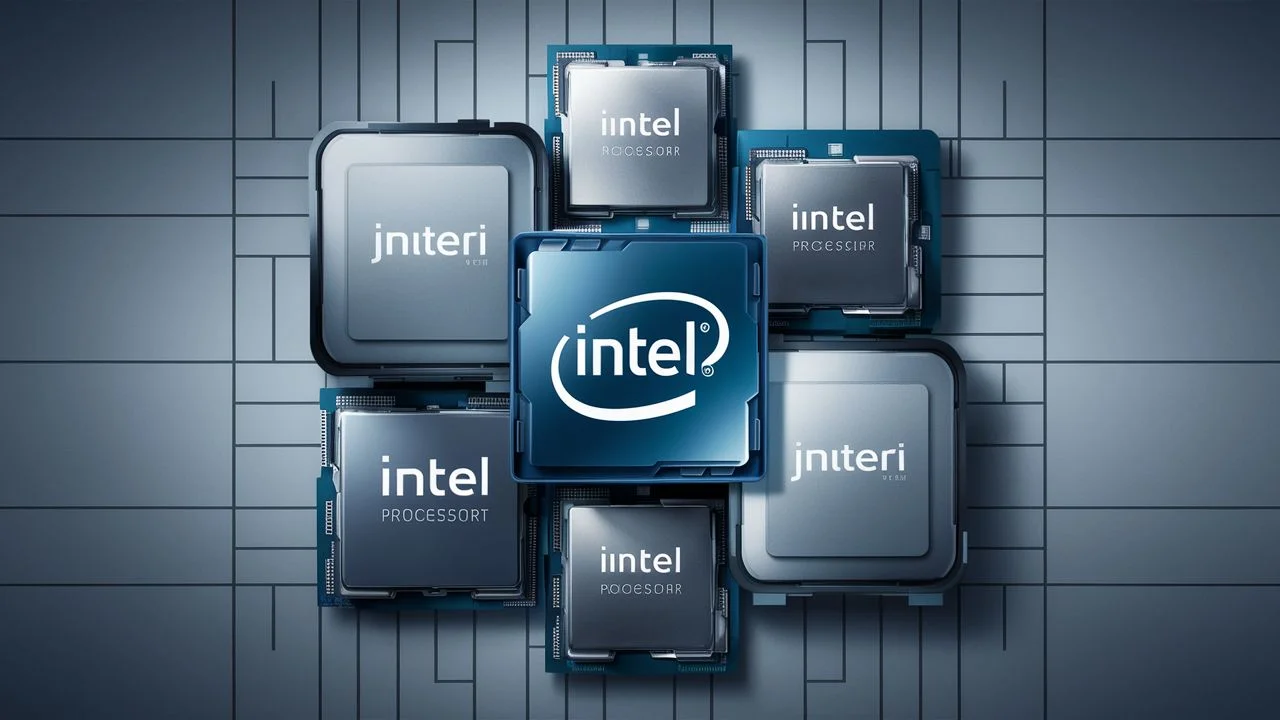
On the other hand, the Intel Core i5 14400 comes equipped with Intel UHD Graphics 770, offering a slight performance boost compared to the i5 12400. This means the i5 14400 can handle more demanding tasks and applications requiring better graphics performance.
Gamers and content creators looking for a processor with improved integrated graphics capabilities may find the i5 14400 a better fit for their needs.
Ultimately, when comparing the integrated graphics performance of the Intel Core i5 12400 and the Intel Core i5 14400, users should consider their specific use cases and requirements to determine which processor best suits their needs.
Power consumption and thermal performance
Power consumption and thermal performance are crucial factors to consider when selecting a processor for your system. The Intel Core i5 12400 and Intel Core i5 14400 offer impressive performance, but how do they fare regarding power efficiency and thermal management?
The Intel Core i5 12400 is designed with a 65W TDP (Thermal Design Power), which means it is optimized for efficient power consumption while delivering solid performance.
This makes it an excellent choice for users looking to build an energy-efficient and eco-friendly system. Additionally, the lower TDP results in less heat generation, contributing to better thermal performance and potentially quieter operation.
On the other hand, the Intel Core i5 14400 has a slightly higher 65W TDP and offers similar power efficiency to the i5 12400. While the power consumption may be comparable, the thermal performance of the i5 14400 could vary based on specific workload demands and system configurations.
In conclusion, the Intel Core i5 12400 and i5 14400 provide efficient power consumption and thermal performance, making them suitable choices for users seeking a balance between performance and energy efficiency. Consider your specific needs and system requirements to determine which processor best aligns with your goals.
Price comparison and value for money
Considering the price and value for money is crucial when purchasing a new processor. The Intel Core i5 12400 and Intel Core i5 14400 are powerful processors offering excellent performance for their respective price points.
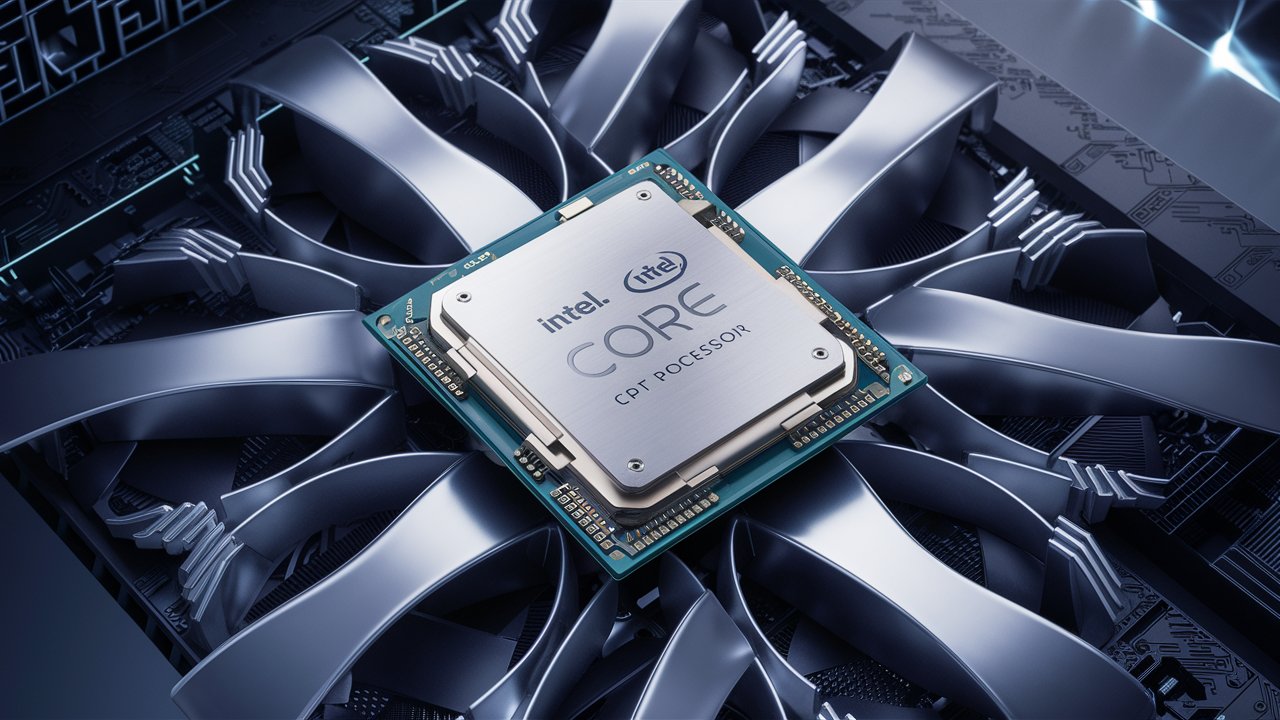
The Intel Core i5 12400 is known for its exceptional value, providing a solid balance of performance and affordability. It offers impressive single-core and multi-core performance, making it an excellent option for gaming and productivity tasks. On the other hand, the Intel Core i5 14400 is a step up in terms of performance, offering slightly higher clock speeds and better overall performance.
In terms of price, the Intel Core i5 12400 is typically more budget-friendly compared to the Intel Core i5 14400. This makes it a popular choice for budget-conscious buyers who still want solid performance. However, if you are willing to invest more for better performance, the Intel Core i5 14400 may be worth the extra cost.
Ultimately, the decision between the Intel Core i5 12400 and Intel Core i5 14400 comes down to your specific needs and budget. Consider how you will be using your computer and how much performance you require, as well as your budget constraints. Both processors offer great value for their respective price points, so you can choose between them.
Overclocking potential and performance gains
When comparing the Intel Core i5 12400 and the Intel Core i5 14400, it’s essential to consider their overclocking potential and the performance gains achieved through this process. Overclocking involves pushing the processor beyond its default specifications to achieve higher clock speeds and improve performance.
The Intel Core i5 12400 and the Intel Core i5 14400 offer some overclocking potential, but it’s important to note that not all processors are created equal. Some processors may have better overclocking capabilities than others, and individual results can vary based on factors like cooling solutions and silicon lottery.
Overclocking can lead to noticeable improvements in performance in CPU-intensive tasks such as gaming, video editing, and 3D rendering. By increasing the processor’s clock speed, users may experience faster processing times and smoother performance in demanding applications.
However, it’s crucial to approach overclocking cautiously, as pushing the processor too far can lead to instability, overheating, and potentially damage the hardware. Users should always ensure adequate cooling solutions and monitor temperatures closely when overclocking their processors.
In conclusion, when comparing the Intel Core i5 12400 and the Intel Core i5 14400 regarding overclocking potential and performance gains, users should weigh the benefits against the risks and consider their specific computing needs before deciding whether to overclock their processors.
Benchmark results and real-world performance Intel Core i5 12400 vs Intel Core i5 14400
When comparing processors like the Intel Core i5 12400 and the Intel Core i5 14400, benchmark results and real-world performance play crucial roles in determining which one is the better choice for your specific needs.
Benchmark results provide valuable insights into these processors’ raw computational power and efficiency. They measure various aspects of performance, such as single-core and multi-core performance, power consumption, and thermal efficiency. By analyzing benchmark scores, you can better understand how these processors stack up against each other in terms of speed, responsiveness, and overall performance.
However, real-world performance is equally important as it showcases how these processors perform in everyday tasks and applications that you use daily. Factors like gaming performance, video editing speed, multitasking capabilities, and overall system responsiveness are crucial considerations when evaluating the real-world performance of these processors.
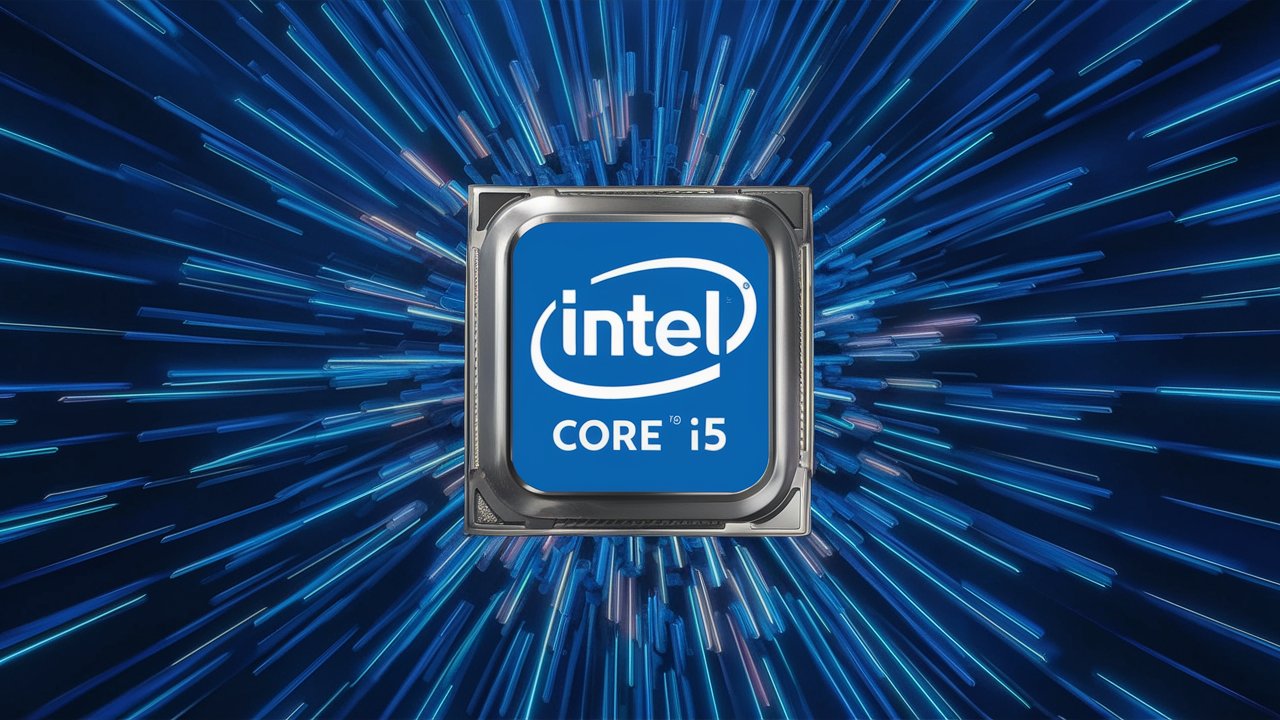
By comparing benchmark results with real-world performance metrics, you can decide which processor will best meet your specific requirements, whether you are a gamer, content creator, or everyday user looking for a reliable and efficient processor for your computing needs.
Conclusion: Which processor is the better choice for your needs
In conclusion, when deciding between the Intel Core i5 12400 and the Intel Core i5 14400, it ultimately comes down to your specific needs and budget considerations.
If you are looking for a solid mid-range processor that offers excellent performance for everyday tasks, light gaming, and productivity work, the Intel Core i5 12400 is a fantastic choice. Its 10 cores and 20 threads provide a good balance of power and efficiency at a reasonable price point.
On the other hand, if you require slightly higher performance levels for more demanding tasks such as content creation, video editing, or heavier gaming, the Intel Core i5 14400, with its 14 cores and 24 threads, might be the better option for you. While it may come at a slightly higher cost, the increased performance capabilities could be worth the investment for users with specific workload requirements.
Ultimately, both processors offer great value for their respective price points and can cater to a wide range of user needs. It’s essential to assess your usage patterns and budget constraints carefully before deciding to select the processor that best aligns with your requirements.
We have comprehensively analyzed these two powerful processors in our detailed comparison of the Intel Core i5 12400 vs the Intel Core i5 14400. We hope this article has helped you understand the differences between these two CPUs and decide which one best fits your specific needs. Whether you are a gamer, content creator, or simply looking to upgrade your system, our comparison has provided valuable insights to aid your decision-making process. Stay tuned for more tech comparisons and reviews from us in the future!



